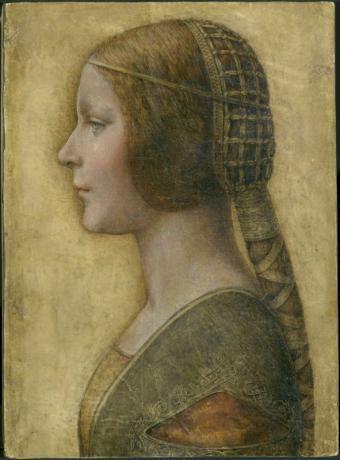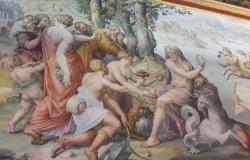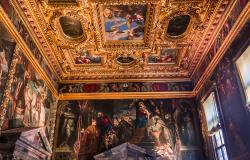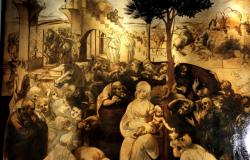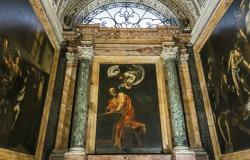According to experts, the ‘Mona Lisa’ might be famous for her enigmatic expression, but hers is not the only enigmatic smile Leonardo da Vinci created.
Academics at Sheffield Hallam University and the University of Sunderland in England have studied a lesser-known painting by the Renaissance master, ‘La Bella Principessa’ (The Beautiful Princess), which he painted in the late 1490s before the ‘Mona Lisa’. They have published their results as ‘La Bella Principessa’s Uncatchable Smile’.
‘La Bella Principessa’ is a portrait in coloured inks and ink on vellum. It shows evidence of the artistic skill that would later give Leonardo’s most famous portrait her mysterious allure.
The study reveals that the subject of ‘La Bella Principessa’ also has an “uncatchable” smile, in which the shape of her mouth appears to change according to viewpoint. When viewed directly, the slant of the mouth is downwards but as the eye moves elsewhere to examine other features, the mouth appears to take an upward turn, so creating a smile that can only be seen indirectly, much like that of the ‘Mona Lisa’.
‘La Bella Principessa’ is thought to depict 13-year-old Bianca Sforza, the daughter of Ludovico Sforza, Duke of Milan, and his mistress Bernardina de Corradis. Bianca was to be married to a commander of the duke’s Milanese forces at the time the portrait was done.
Alessandro Soranzo, from Sheffield Hallam’s department of psychology, said: “The results from the experiments support the hypothesis that that there is a gaze-dependent illusory effect in the portrait of ‘La Bella Principessa’.
“Although it remains a question whether the illusion was intended, given Leonardo’s mastery of the technique and its subsequent use in the ‘Mona Lisa’, it is quite conceivable that the ambiguity of the effect was intentional, based on explicit artistic skill and used in line with Leonardo’s maxim that portraits should reflect some ‘inner turmoil of the mind’.”
Michael Pickard, from the University of Sunderland and co-author of the study, said: “With his knowledge of the turbulence surrounding the court of Milan at that time, Leonardo would have been aware of inner tensions between the fresh innocence of a young girl on the threshold of womanhood and her impending marriage and courtly destiny.
“It is also not difficult to believe that Leonardo would have seen below the surface and wanted to capture the subtle essence of the girl, using a technique he would so famously master in the ‘Mona Lisa’.”
However, ‘La Bella Principessa’ was sold at auction in 1998 as an early 19th century German work and some dispute whether is actually by Leonardo. Evidence discovered in 2011 accounting for the work’s provenance has strengthened the case for it being Leonardo’s handiwork.
